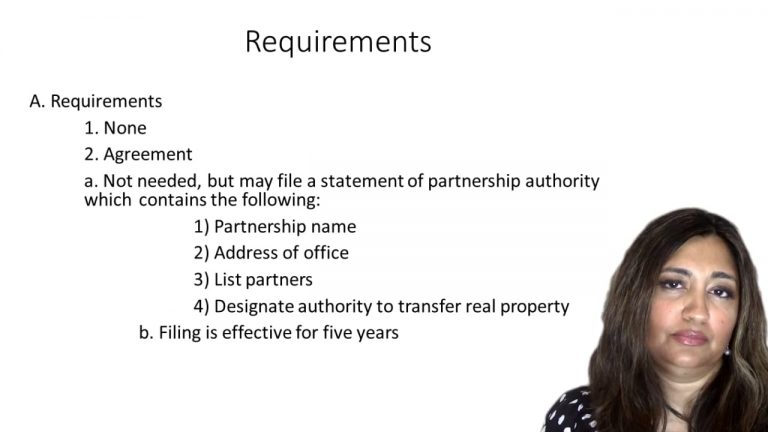SmartBrief
Confirm favorite deletion?
Business Entities Keyed to Chiappinelli
United Food and Commercial Workers Union v. Zuckerberg
Citation:
2021 WL 4344361 (Del. Sept. 23, 2021)Facts
Appellee Mark Zuckerberg controls a majority of Facebook’s voting power and has been the chairman of Facebook’s board of directors since 2012. Appellee Marc Andreessen has served as a Facebook director since June 2008. At an August 2015 meeting of Facebook’s board, Zuckerberg formally proposed that Facebook issue a new class of non-voting shares, which would allow him to sell a substantial amount of stock without losing control of the company. Facebook then established a special committee composed of three independent directors to evaluate the reclassification. Zuckerberg pledged to make large annual donations in return. The full board approved the reclassification. On September 2018, Tri-State filed a derivative action seeking to recoup the money that Facebook spend defending and settling the reclassification class action. The complaint asserted that the board breached its fiduciary duties of care and loyalty.
Only StudyBuddy Pro offers the complete Case Brief Anatomy*
Access the most important case brief elements for optimal case understanding.
*Case Brief Anatomy includes: Brief Prologue, Complete Case Brief, Brief Epilogue
- The Brief Prologue provides necessary case brief introductory information and includes:
Topic:
Identifies the topic of law and where this case fits within your course outline.Parties:
Identifies the cast of characters involved in the case.Procedural Posture & History:
Shares the case history with how lower courts have ruled on the matter.Case Key Terms, Acts, Doctrines, etc.:
A case specific Legal Term Dictionary.Case Doctrines, Acts, Statutes, Amendments and Treatises:
Identifies and Defines Legal Authority used in this case.
- The Case Brief is the complete case summarized and authored in the traditional Law School I.R.A.C. format. The Pro case brief includes:
Brief Facts:
A Synopsis of the Facts of the case.Rule of Law:
Identifies the Legal Principle the Court used in deciding the case.Facts:
What are the factual circumstances that gave rise to the civil or criminal case? What is the relationship of the Parties that are involved in the case.Issue(s):
Lists the Questions of Law that are raised by the Facts of the case.Holding:
Shares the Court's answer to the legal questions raised in the issue.Concurring / Dissenting Opinions:
Includes valuable concurring or dissenting opinions and their key points.Reasoning and Analysis:
Identifies the chain of argument(s) which led the judges to rule as they did.
- The Brief Prologue closes the case brief with important forward-looking discussion and includes:
Policy:
Identifies the Policy if any that has been established by the case.Court Direction:
Shares where the Court went from here for this case.
Topic Resources

 2m 27s
2m 27s